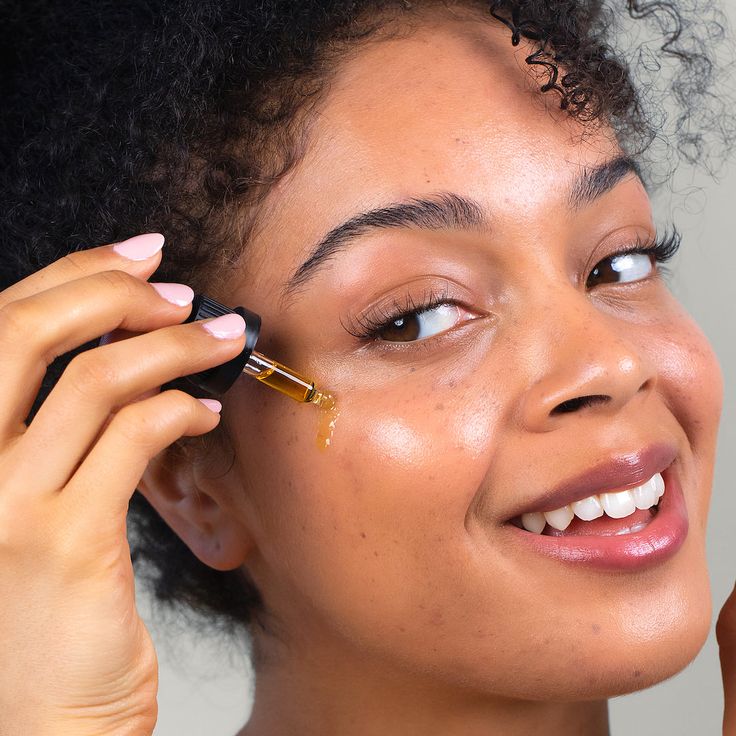Introduction
Hyperpigmentation is a common skin condition that causes patches of skin to become darker than the surrounding skin. It occurs when the skin produces too much melanin, the pigment that gives skin its color. Hyperpigmentation can be caused by a variety of factors, including sun exposure, hormonal changes, and certain medications.

There are many different types of hyperpigmentation, including age spots, sun spots, and liver spots. Age spots, also known as solar lentigines, are flat, brown spots that typically appear on sun-exposed areas of the skin, such as the face, hands, and arms. Sun spots, also known as ephelides, are small, freckle-like spots that are most common in people with fair skin. Liver spots, also known as melasma, are larger, darker patches of skin that can appear on the face, neck, and chest.
Types of Hyperpigmentation
Age Spots
Age spots are flat, brown spots that typically appear on sun-exposed areas of the skin. They are caused by years of sun exposure, which damages the skin cells and causes them to produce more melanin.
Sun Spots
Sun spots are small, freckle-like spots that are most common in people with fair skin. They are caused by exposure to ultraviolet (UV) radiation from the sun, which stimulates the production of melanin.
Liver Spots
Liver spots are larger, darker patches of skin that can appear on the face, neck, and chest. They are often associated with hormonal changes, such as pregnancy or menopause.

.jpg)